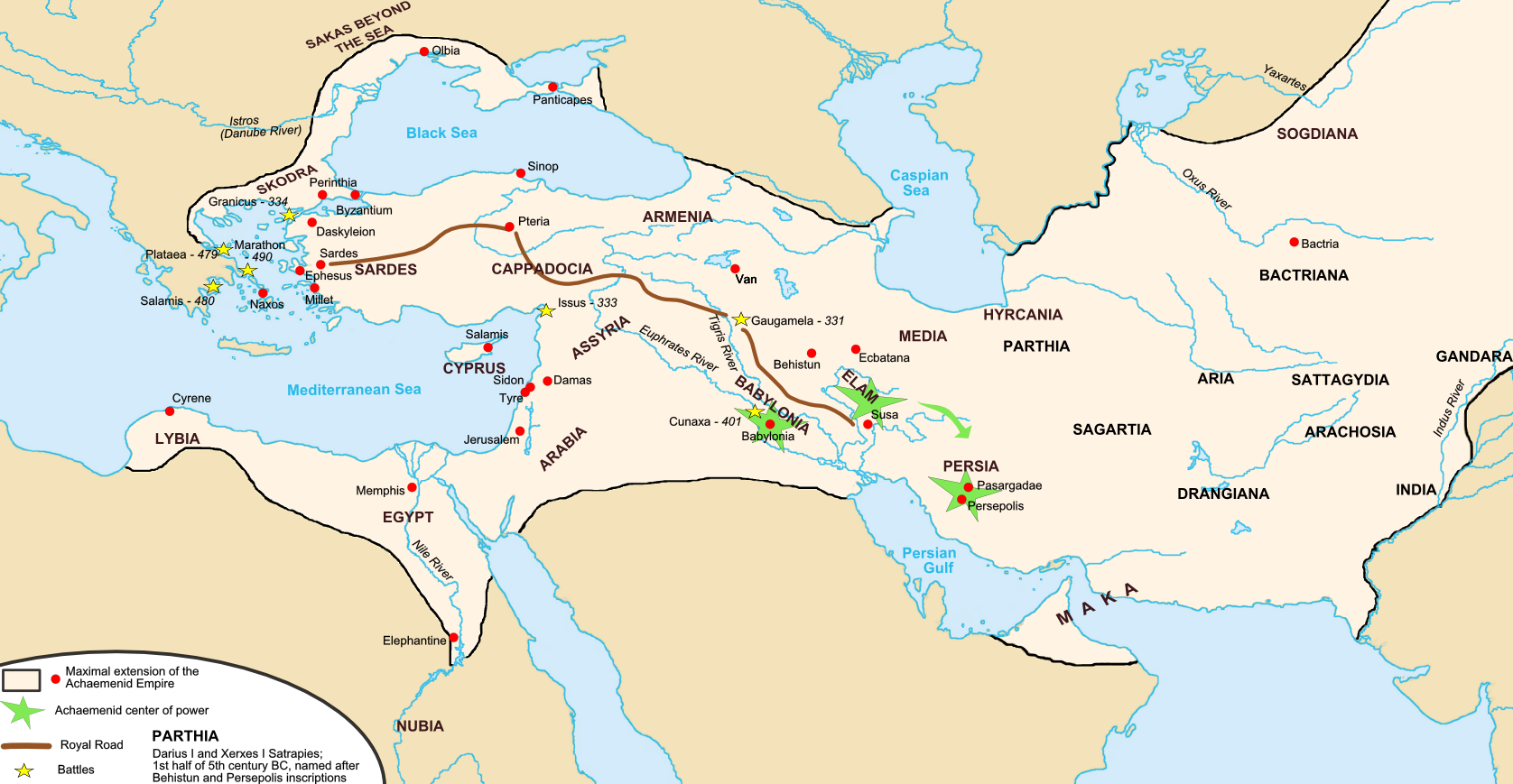How should the book of Esther be read?
Surprisingly, the book was written as a comedy! Most readers today assume it is a drama and take it very seriously; the atmosphere changes when read as a humorous narrative filled with farce, burlesque, and just a touch of satire. “The book sets out a threat to the Jews so that the Jewish audience can watch with glee and laugh with relief as it is overcome.”
Where does the book of Esther fit in?
This small book of history is a novella in the Old Testament tucked in between Nehemiah and Job. Chronologically it takes place after the fall of Jerusalem in 586 B.C., when many Jews (including the prophet Daniel) were sent into Babylonian exile. Cyrus the Great allowed the first group of exiles to leave Babylon to return to and rebuild Jerusalem in 538 B.C. Esther’s story takes place nearly 60 years after that.
Persian Empire
During the time of Esther, Persia was ruled by Xerxes, or in Hebrew, Ahasuerus (pronounced Ăḥašəwērôš). Interestingly, it is not clear which Xerxes this is, although Herodotus (and most scholars) names Xerxes I, who ruled from 486-465 B.C. The son of Darius I and Atossa, daughter of Cyrus the Great, Xerxes was in his mid-30’s when he was crowned King.
See more: This map of the Persian Empire shows why they were considered the largest empire of their time.
Diaspora
During Persian rule, the Jewish Diaspora that remained in Persia (after the others had returned to Jerusalem) had learned to fit in with the culture and avoid antisemitism. Many were given Babylonian names, such as Daniel and his friends Shadrach, Meshach, and Abednego, as well as Esther and her cousin Mordecai. In fact, the name Esther is a tribute to the Persian goddess Ishtar; her Hebrew name was Hadassah (Esther 2:7).
Learn more:
- Love opera? Listen to Xerxes by Georg Friederich Handel
- Article: How Bad Was the Babylonian Exile? from Biblical Archaeological Review
- Article: How Was the Bible Written During and After the Exile? from Biblical Archaeological Review
- Video: See what Iran is like today on Rick Steves’ Iran
- Bible study: Esther: It’s Tough Being a Woman, by Beth Moore
